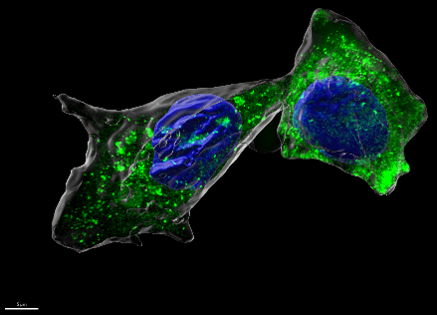Hepatitis E virus (HEV) has increasing prevalence worldwide with over three million infections every year. HEV is the causative agent of hepatitis E in humans and is the leading cause of enterically transmitted viral hepatitis worldwide. Although acute infections usually are self-limited in individuals with an intact immune system, it can progress to chronicity in immunocompromised patients such as organ transplant recipients or HIV-infected patients. For those Ribavirin (RBV) often remains the only treatment option, however cases of treatment failures or post-treatment relapses have been frequently reported. RBV therapy was shown to be associated with an increase in HEV genome heterogeneity and the emergence of distinct HEV variants. However, only little is known about the impact of single nucleotide variants (SNVs) on the replication cycle.
A recent study led by Dr. Toni Luise Meister and Prof. Eike Steinmann from Ruhr University Bochum, Germany, analysed the impact of eight patient-derived ORF2 SNVs, which occurred under RBV treatment, on the replication cycle and pathogenesis of HEV. The parental HEV strain and seven ORF2 variants showed comparable levels of RNA replication in human hepatoma cells and primary human hepatocytes. However, a P79S ORF2 variant demonstrated reduced RNA copies released in the supernatant and an impairment in the production of infectious particles. Biophysical and biochemical characterization revealed that this SNV resulted in defective, smaller HEV particles with a loss of infectiousness. Furthermore, the P79S variant displayed an altered subcellular distribution of the ORF2 protein and was able to impair antibody-mediated neutralization of HEV in a competition assay.
In conclusion, a single nucleotide variant in the HEV ORF2 genome could be identified that resulted in altered virus particles that were non-infectious in vitro and in vivo, but could potentially trick the immune system by serving as an immune decoy. These findings provide novel insights in understanding the biology of circulating HEV variants.
Read the full article (Proc Natl Acad Sci U S A. 2022 Aug 23;119(34):e2202653119): DOI: 10.1073/pnas.2202653119

